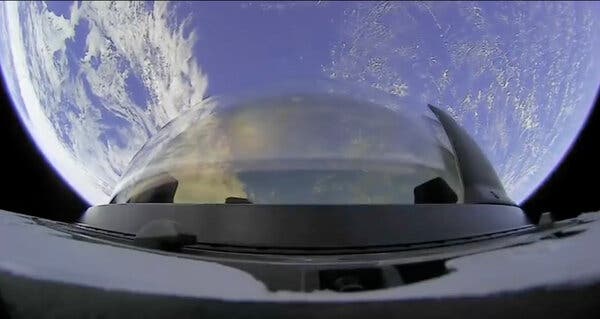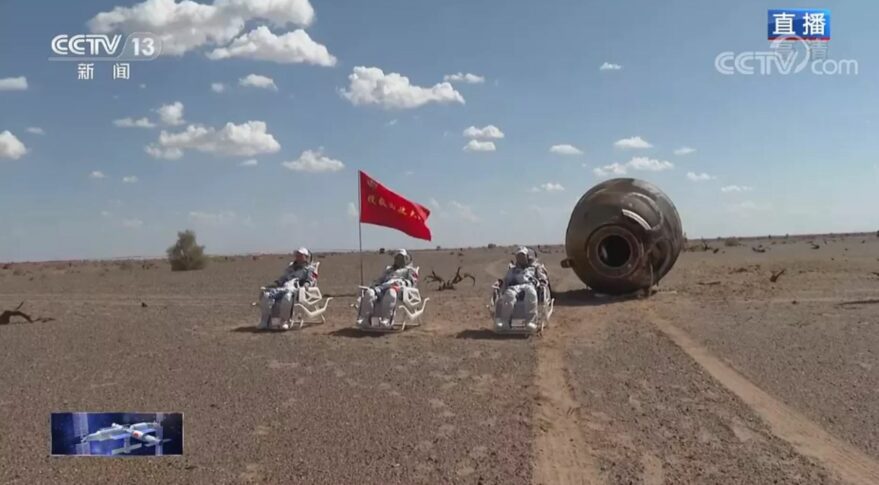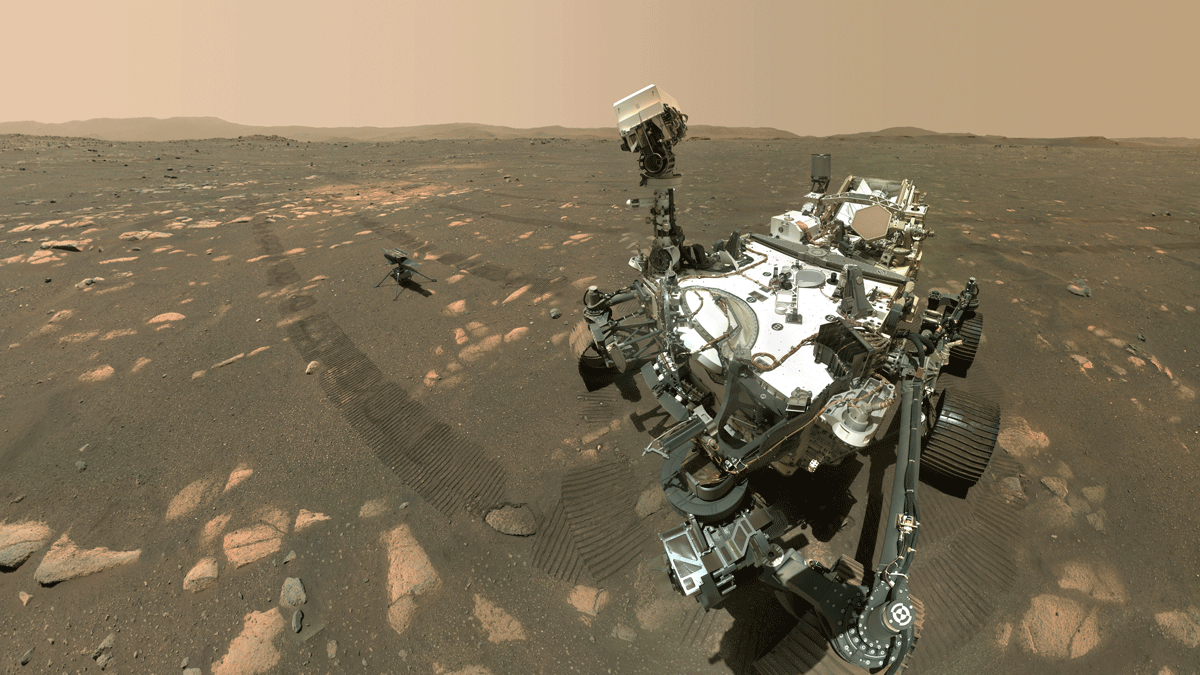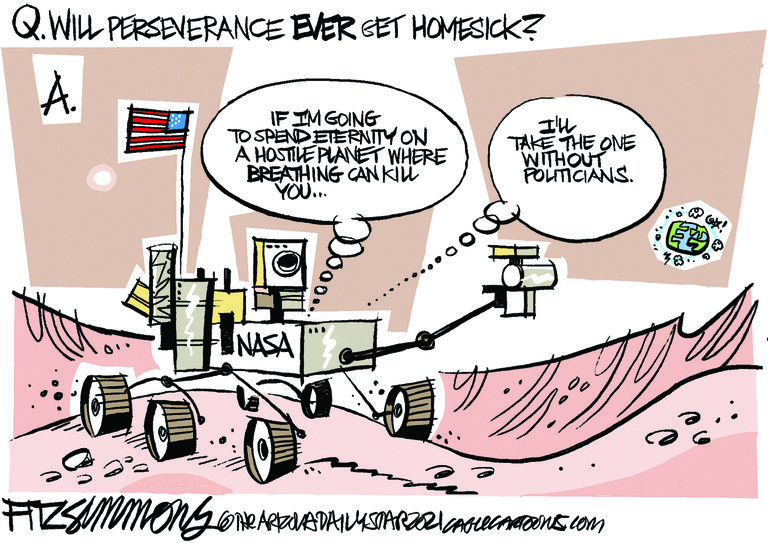In manned spaceflight uneventful and even boring are synonyms for successful and that’s exactly the way the ‘Inspiration Four’ mission of the Space X Dragon capsule went this past weekend. Billed as the first all-civilian space mission the tourist flight was paid for by billionaire Jared Isaacman, who with considerable experience as a pilot including time in high performance jets served as commander. Iassacman intended the mission to be a fundraising event for St. Jude’s children’s hospital and it did in fact succeed in raising $100 million dollars for the charity, which Iassacman then matched with $100 million of his own.

The four person crew of Inspiration Four also included Sian Procotor a Doctor of Geology who had unsuccessfully tried out for the astronaut corp and a Lockheed Martin engineer named Chris Sembroski. The final crewmember was Haley Arceneux who is a physician’s assistant at St. Jude’s and is herself a childhood cancer survivor.

The launch took place at two minutes after eight P.M. EDT on the 15th of September and the assent into orbit went perfectly. Space X even succeeded in recovering the rocket’s first stage, a once impossible achievement that has now become routine for them. Once in orbit the passengers had three days of floating in zero-gee and enjoying the sights of the Earth below, the Dragon capsule having been modified with a transparent cupola to allow the crew a panoramic view of our planet.

Splashdown came at about seven P.M. on the 18th and within an hour all four passengers were out of the capsule and waving from the deck of Space X’s recovery ship. The entire mission had gone without incident or problem of any kind, in other words it was a complete success.

The whole trip was entirely arranged and conducted by Space X Corporation itself, the crew training; flight path and even the food selections were all made without any assistance or even input from NASA. If the Inspiration Four mission represents any kind of progress it is simply that, space travel is now no longer the monopoly of governments, instead it now resembles something like air travel in the 1920s as the first airline companies were being formed.

And the four passengers aboard the Space X Dragon also helped set another record, the most people in space at the same time. You see there are currently seven astronauts aboard the International Space Station (ISS), Three are from NASA, two from the Russian Space Agency Roscosmos and one each from the Japanese Space Agency and the European Space Agency.
And for the first day of the Inspiration Four mission there were also three Chinese Taikonauts aboard their under construction space station the Tiangong. In fact the three Chinese space travelers were packing up and getting ready to end their three month long mission as the Space X rocket was launched. The trio of taikonauts landed their Shenzhou 12 capsule in the Gobi Desert on the morning of the 17th of September. While the members of the Shenzhou 12 may have been the first occupants of the Tiangong space station they will not be the last, China plans at least three more manned missions to Tiangong in the next few years.

So at least for one day there were a total of 14 human beings in orbit at the same time in three different spacecraft. Hopefully this is an omen of the future as newer, perhaps larger space stations are built and more commercial launch vehicles become available. And hopefully within the next decade human beings will return to the Moon as well, this time to stay.

So for the next few decades space travel will continue to be reserved for those with deep pockets, whether government of private, just as air travel was 100 years ago. But things are finally starting to speed up, before too many years go by space launches will become routine, just like an airplane taking off from an airport.
NASA is already preparing for that day. Currently the space agency is considering about twelve proposals for space stations submitted under its new program Commercial Low-Earth-Orbit Destinations. The idea is similar to NASA’s Commercial Crew Program that developed Space X’s Dragon capsule.

The plan is for NASA to help fund, not totally fund the development of private space stations and then rent space on them as needed. The corporation that owns the station can then rent the rest of the station to other countries, or corporations or individuals, exactly as Space X did with Inspiration Four.

By year’s end NASA hopes to select two to four of the proposals and distribute funding totaling $400 million. Indeed NASA has already funded Axiom Aerospace Corporation to the tune of $140 million for modules that will be attached to the ISS beginning in 2024 and which Axiom hopes to use as a basis for its own space station once the ISS is retired.
Before I go I would like to mention one of NASA’s recent robotic missions that has also turned out to be a real success, the Ingenuity helicopter on Mars. The original plans for the little helicopter, the first man-made aircraft to fly on another world, was to have it carry out three experimental test flights simply to see if flight of any kind was possible on Mars, where the atmosphere is only about 1.5% as dense as Earth’s.

Ingenuity passed those initial tests with ease and so the helicopter’s mission was expanded to allow the little flyer to act as a scout for it’s parent the Perseverance rover. Ingenuity has since made another 10 flights, checking out the terrain ahead of the rover while looking for anything interesting that the scientists back on Earth might want Perseverance to look over.

However conditions on Mars can change with the seasons and that includes the density of the atmosphere. Over the last few weeks the density in Jezero crater has dropped making it harder for Ingenuity’s rotors to develop enough thrust to get the helicopter off the ground.
In response the engineers at the Jet Propulsion Labouratory have had to speed up the rotational speed of Ingenuity’s rotors. So far this workaround has been successful but if the air density gets much lower increasing the speed even further might not work, or it might damage the helicopter’s motors.

So how much longer Ingenuity will be capable of flying is questionable, still it has more than proven that not only can aircraft operate on Mars, but that there’s a lot to be gained by them doing so. The real proof of that may be that the Chinese space agency is already considering adding a helicopter to their next Mars lander!
